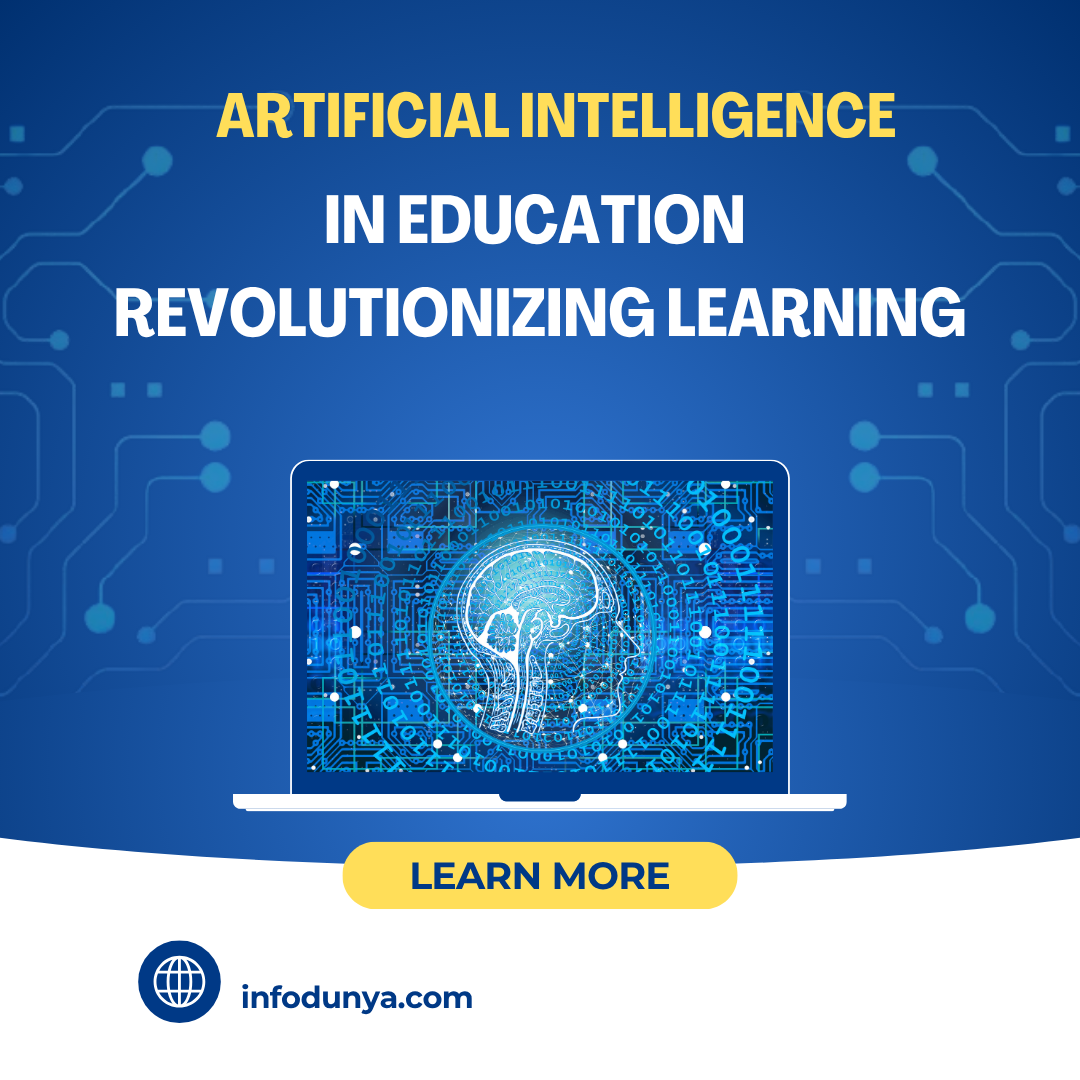Stay Informed,
Stay Ahead with InfoDunya Today
Get the latest news, insightful articles, and reliable updates from around the world — all in one place. With InfoDunya, you’re always connected to what matters most.

Latest Posts
Introduction: Why AI Literacy Matters Today Artificial Intelligence (AI) has become a cornerstone of modern life, influencing everything from education and healthcare to...
Education today is not only about books and theories. It is about helping students prepare for real-world problems. That’s what skill base education is all about. It...
Introduction The world of education is evolving rapidly, and at the heart of that transformation is artificial intelligence (AI). Whether you’re a student, teacher...



